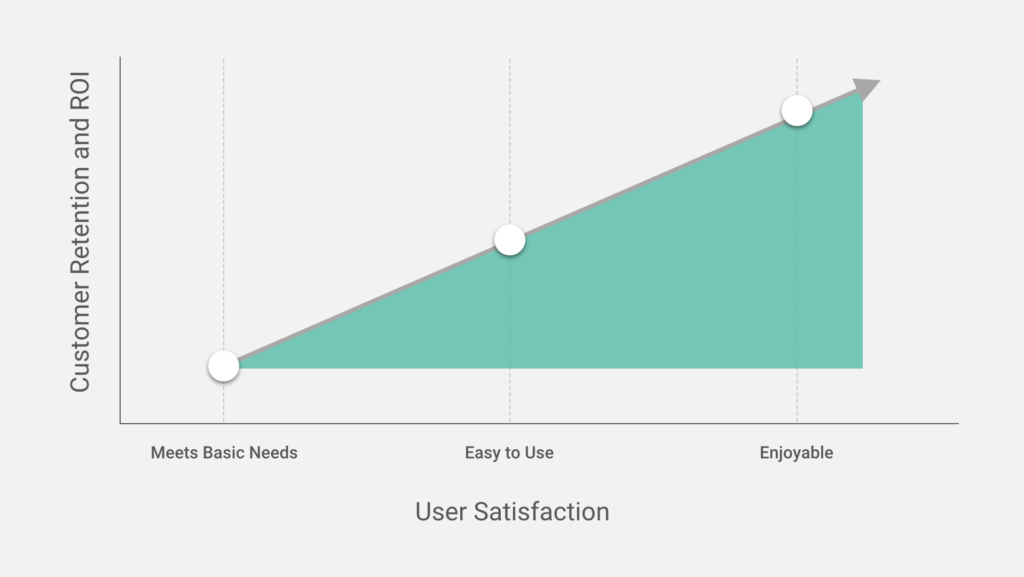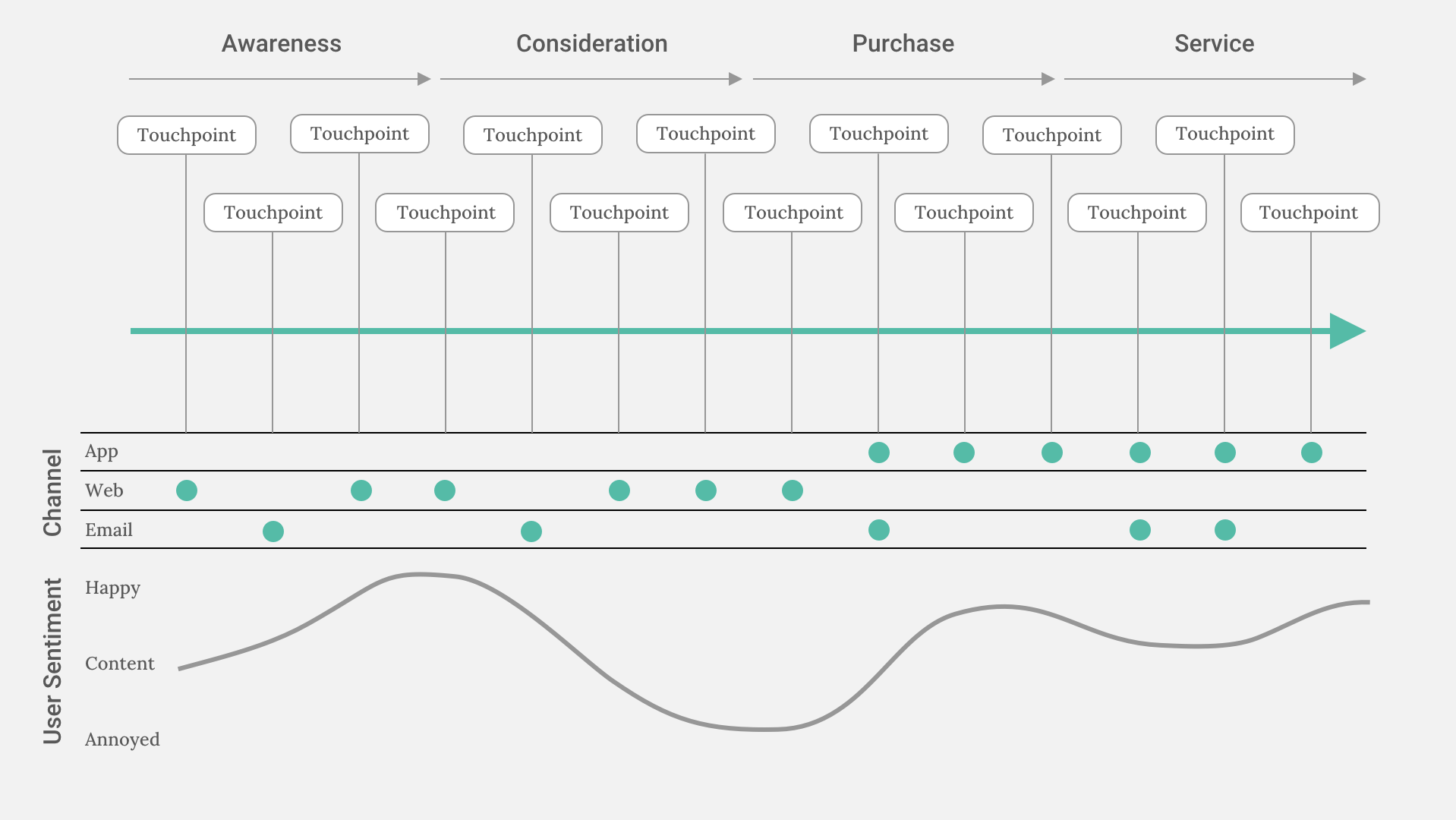The link between user experience and return on investment
![]()
Written by: Urban Emu

User Experience (“UX”) is a term that describes design strategies that create the best possible experience for the customer such as on a website, in a mobile app, in a vehicle, or throughout the e-commerce checkout process.
While the term isn’t new, it has significantly evolved as advances in technology have allowed digital marketers to shape the customer experience at every turn.
In a world where the average consumer expects personalization, a good UX design strategy is critical to sustaining a business and retaining a customer base.
Beyond Immediate Sales Impact
When business people think Return on Investment (“ROI”), they’re often thinking about immediate sales impact: How many more customers will a given activity generate?
But when it comes to a good UX strategy, it’s important to consider the many elements that could lead to greater return now – and in the future.
For example, a software company that implements a UX strategy across their products and services might see an immediate decrease in user error, training costs, and time spent on customer support.
In turn, this may lead to customer retention, increased sales and a boost to the lifetime value of an average customer. The benefits, therefore, are calculated by looking at the bigger picture – not just immediate impact.
UX Design Strategy Success Stories
Hubspot demonstrated how UX improvements can boost ROI with its website revamp. After reviewing user feedback, the marketing brand tested new copy, imagery, and conversion strategies. The impact was significant. According to their metrics, conversion rates across the website doubled. Sales chat volume increased by 38% and inbound call volume grew 100%.
Jared Spool, founder of a UX design school, recounts a similar story. He refers to it as the “$300 million button,” in which a company increased its revenue by $300 million after tweaking their online checkout process.
Government websites may not be an obvious place to look for UX success stories, but as Forrester reports, they’re starting to see a shift away from walls of text and jargon-laden navigation menus. This can be observed when visiting the user-friendly homepages of the Social Security Administration, U.S. Department of Veteran Affairs and U.S. Department of State – Bureau of Consular Affairs.
The Nielsen Research Group, through a study of the California DMV website. projected how a simple change to their online instructions for drivers renewing their registration could result in an astounding 21,220% ROI.

Embedding UX in Organizational Culture
Part of the struggle in executing a company-wide, user-centric design strategy lies in organizational culture.
Senior executives need to be educated on why UX is critical and the positive impact it can have on the business, like the success stories listed above.
However, this knowledge tends to remain locked in the minds of the designers who don’t always know how to demonstrate the direct link between UX and the company’s bottom line.
This is where an internal champion can help. A champion can bridge the communication gap between senior leaders and designers.

Putting UX to the Test Internally
Engaging an internal champion brings another benefit: the ability to test the strength of your UX program. Consider whether UX would survive if that champion were to leave the organization.
According to Kara Pernice, Senior Vice President at Nielsen Norman Group in a recent video, “If the answer is no, your organization is probably missing systems that support, reinforce and promote UX and you don’t have a viable UX program.” Pernice continues, “You can get there one stage at a time.”
She suggests working on infrastructure, including these four areas:
Processes
Committed to design thinking and conducting regular UX research
Planning
Responding effectively vs. reacting ineffectively to UX research findings
Tools
design systems which include a component library and schedules that support design activities to expedite good UX design and development
Education
access to ongoing learning about UX for everyone in the organization
Meeting Customer Need with a Good UX Strategy
UX design is ushering in a new way of interacting with customers – from the moment they discover your brand, to the post-purchase phase. Savvy businesses are no longer expecting customers to adapt to their technologies. Instead, they’re tailoring the customer journey to suit the needs of the user.
Just as customer journey mapping is becoming ubiquitous in the product and service development process, companies should employ a good UX strategy to make the shift from assumptions to data.
Good UX practices have arrived and companies must adopt these new standards to efficiently meet the needs of their customers. Through the use of good UX design strategies that emphasize empathy, storytelling and understanding of the customer journey, brands can position themselves for long-term success.

We understand it’s not so easy. That’s why discussing your needs with an experienced user experience team will benefit you throughout your journey.
Curious to learn more? Get in touch and we’d be happy to help.
Contact Us
Urban Emu is an experience agency proudly driven by a singular mission: to transform the way humans live. We achieve this through a powerful fusion of design, technology, and communications, creating unparalleled online and offline experiences.
We love to hear about ideas big or small. Please don’t hesitate to get in touch with us regarding your project.
Email: hello@urbanemu.com












